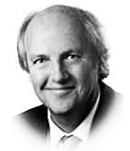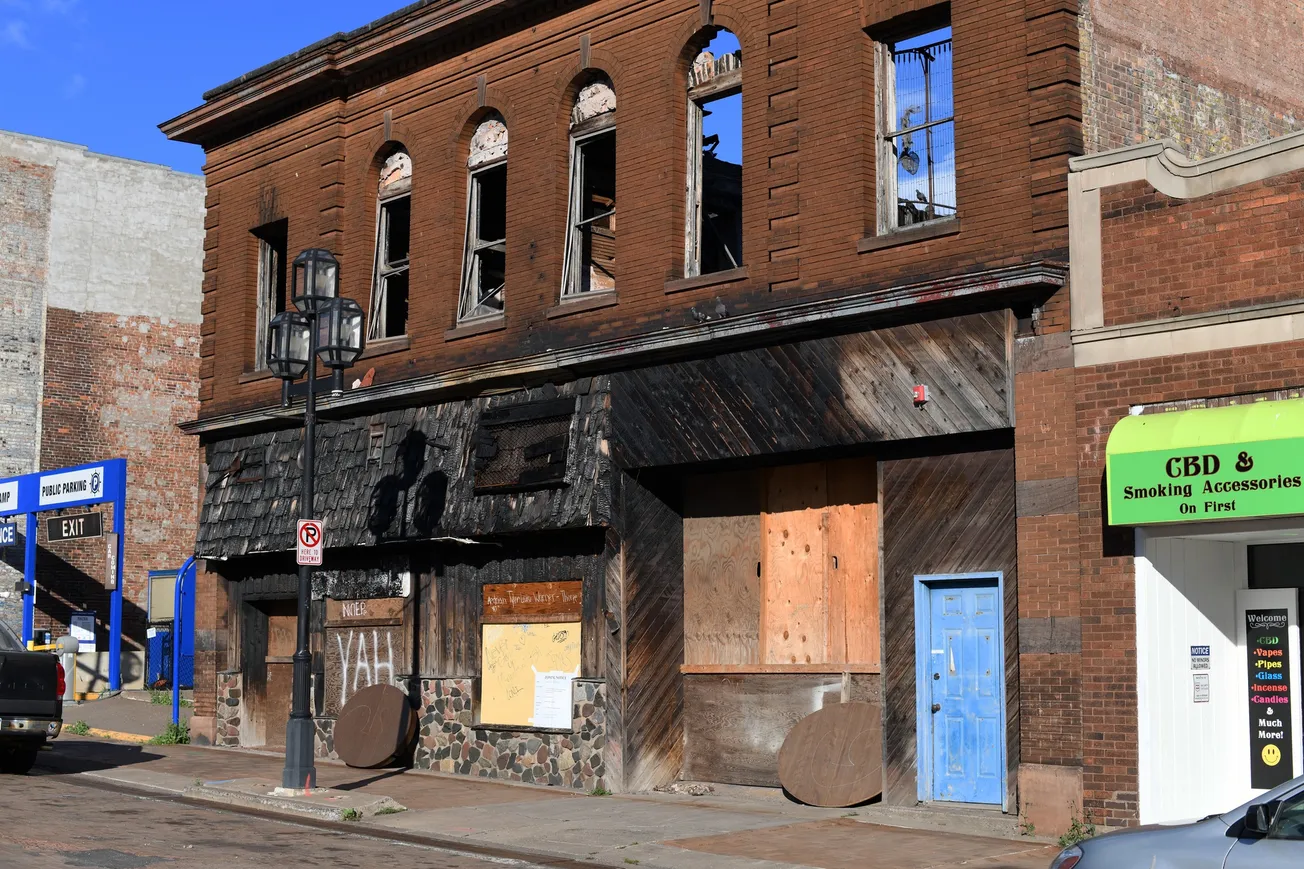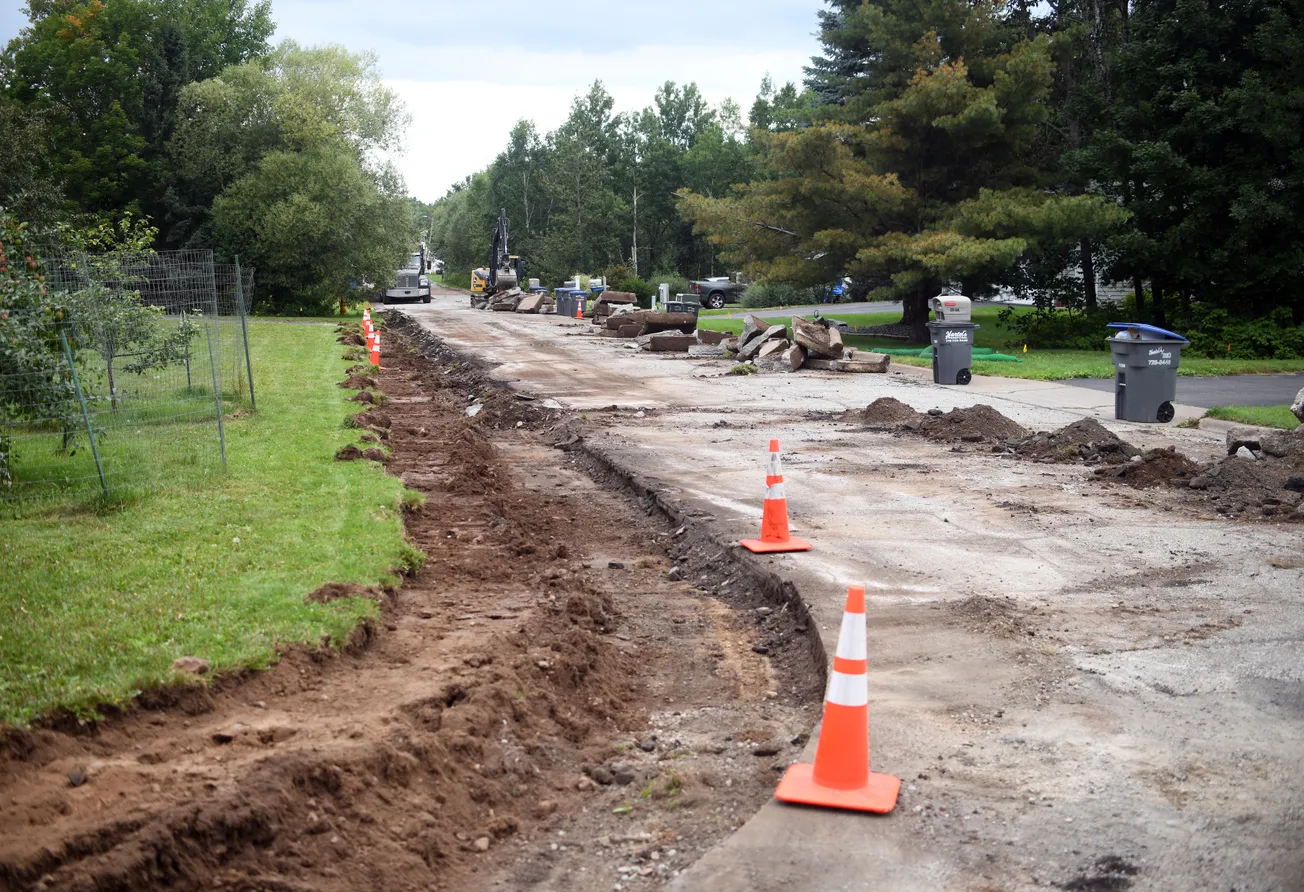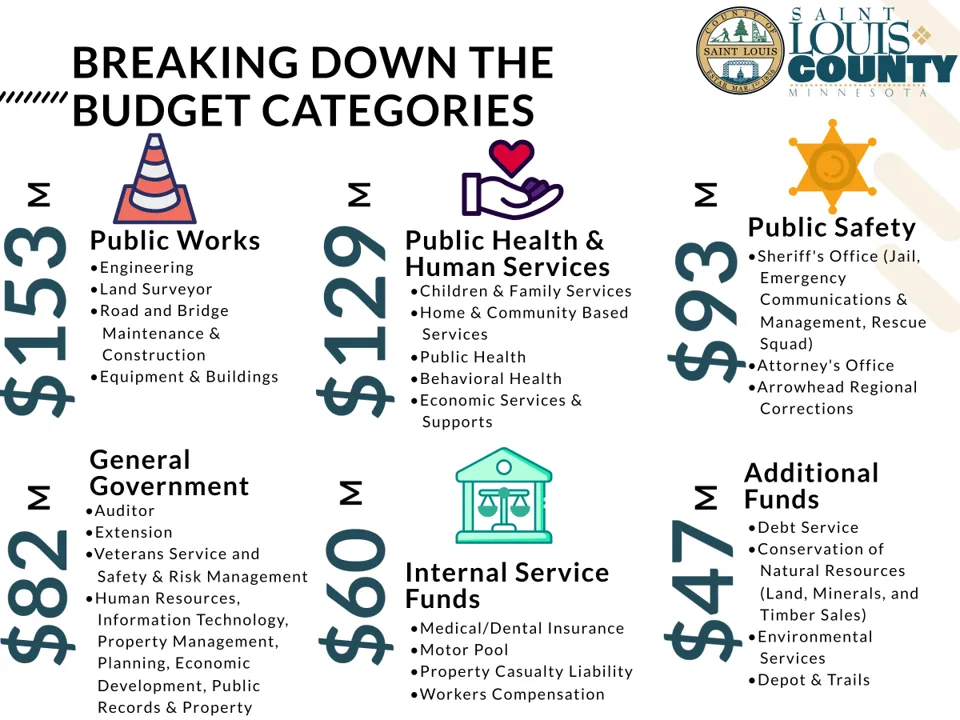
Howie's column is powered by Lyric Kitchen · Bar
We’ve tried loan forgiveness. We’ve tried recruitment bonuses. We’ve built new hospitals and handed out signing stipends the size of starter homes.
What we haven’t tried is community — real, physical, intentional community.
If we trained our doctors the way we train our hockey players — tuition-free, surrounded by support, housed near the rink — we’d never have another physician shortage north of Hinckley.
And if there’s a city ready to prove it, it’s this one.
The University of Minnesota Medical School’s Duluth campus expanded to a full four-year program this fall — a milestone in the university’s 50-year mission to train rural and Native physicians. Essentia Health has set aside land downtown for a teaching center. The College of St. Scholastica and Lake Superior College already churn out nurses, therapists and paramedics who stay close to home.
Add one bold piece — tuition-free medical education tied to service in rural and tribal communities — and Duluth could become the national model for how to fix rural medicine without begging the metro for help.
The blueprint almost writes itself.
Ten to fifteen students per year, all from northern Minnesota or tribal communities, accepted tuition-free into a new Duluth-based cohort. Their pledge: serve five years after graduation in a designated rural or tribal setting. Leave early, and the tuition becomes a loan. Stay, and it’s forgiven.
Those students would live together in downtown housing, reimagined from empty skywalk-level apartments into a “doctor’s village” — clean, modern, walkable. Balconies facing Lake Superior, study lounges above Superior Street, skywalk access to Essentia’s gleaming new St. Mary’s Medical Center. A real community, not an abstraction.
The concept borrows from college athletics: support, camaraderie, belonging. Because the truth is that medicine, like sports, depends on connection. The best players don’t just train — they live among teammates who keep them grounded. The same could be true for future physicians.
This is more than charm. It’s strategy.
Housing is retention. Housing is culture. And housing within walking distance of a world-class teaching hospital is the kind of amenity that keeps young doctors from chasing airports and condos down I-35.
Versions of this idea are already working elsewhere.
In Tahlequah, Oklahoma, the Oklahoma State University College of Osteopathic Medicine at the Cherokee Nation opened in 2020 as the first tribally affiliated medical school in the United States. Tuition assistance is tied to community service, and its first graduating class in 2024 sent doctors into rural and reservation clinics across the region.
At the University of Wisconsin, the Native American Center for Health Professions has become a national model for mentoring Indigenous medical students. In California, UC Davis’s Tribal Health PRIME program recruits students who commit to serving Native communities and funds their rotations on tribal lands.
And in New York City, the least rural place on Earth, NYU’s School of Medicine eliminated tuition altogether. The result: applications tripled, diversity expanded, and graduates began choosing primary care at twice the previous rate.
These programs all point toward the same truth: remove the debt, and you release the mission.
Nowhere in America, however, has anyone combined all of it — free tuition, Indigenous focus, rural service, downtown housing, digital medicine — into one cohesive vision. Duluth could be first.
That last piece — digital — is where this becomes revolutionary.
Essentia Health already leads the region in telehealth infrastructure, with remote monitoring and video consults reaching into communities that haven’t had a full-time physician in decades.
Duluth, meanwhile, sits atop the fastest broadband network north of the Twin Cities. The physical downtown — skywalk-connected, wired to the lakefront — is built for high-tech medicine.
Now imagine a digital-first teaching hospital, where residents and students conduct supervised virtual appointments from their live-work apartments. A third-year medical student on 1st Avenue could manage a diabetic patient in Baudette through secure telehealth. A resident in the skywalk hub could provide mental-health consults to Grand Portage. Faculty physicians could oversee in real time from offices connected to Essentia’s main server network.
This isn’t science fiction; it’s how rural medicine is already evolving. Duluth could simply be the first to turn it into curriculum — a digital rural residency, training doctors to serve wider geographies with smarter tools.
It’s also how you attract young physicians raised in a digital generation: give them modern practice models, not nostalgia for small-town clinics running on fax machines.
For Essentia, this would be both legacy and leverage.
Dr. David Herman, the system’s CEO, has spent years telling Congress that the survival of American health care depends on “keeping care close to home.” His testimony before the Senate — urging value-based care, 340B protections, and clinician wellness — read like a manual for how to rebuild medicine around meaning rather than volume.
A tuition-free, digitally integrated, service-based teaching model in Duluth would be that philosophy brought to life.
Herman has said repeatedly that burnout is what drives doctors away. This would bring them back. Training in teams, working where they live, connecting to patients online and in person — that’s value-based care from the first day of medical school.
It would also help Essentia solve its own hardest problem: recruitment. Rural systems everywhere are competing for the same shrinking pool of physicians. A homegrown, tuition-free workforce would replace desperation with stability. These doctors wouldn’t just work for Essentia; they’d belong to it.
To state lawmakers, this should sound less like a dream and more like a deal.
The cost of subsidizing ten tuition-free medical students per year is roughly equal to what the state spends recruiting a single rural doctor through signing bonuses and relocation stipends. Spread that across five graduating cohorts, and you’re creating a self-renewing workforce pipeline for pennies on the deficit dollar.
It also satisfies Minnesota’s core moral obligation to its tribal nations. The University of Minnesota Duluth already trains more Native American physicians than almost any school in the country. A tuition-free, service-based model would multiply that success and send a powerful message: the state values health equity not as charity, but as reciprocity.
There’s bipartisan logic in it, too. Democrats can frame it as justice and access; Republicans can frame it as efficiency and self-reliance. Both are right.
And unlike many economic-development projects, this one doesn’t require shovels or subsidies — just coordination among the U of M, Essentia, the city, the state, and the region’s tribal nations. The buildings, the broadband, the ambition — all are already in place.
There will be hurdles.
Accreditation will take patience. Faculty recruitment will need incentives. The University’s central administration in Minneapolis may not relish seeing Duluth claim a piece of the spotlight.
But those are political challenges, not structural ones. Duluth doesn’t need permission to lead; it needs partners.
If anything, the metro should welcome it. A stronger rural medical network relieves pressure on urban hospitals already overwhelmed by staffing gaps. A telehealth teaching center here strengthens patient access statewide. And a national reputation for training Native and rural doctors burnishes the University’s public mission more than any new research tower ever could.
Picture it: a lakefront skyline of lighted apartments where future physicians study, sleep, and share dinners after rounds. Sidewalks alive again at dusk. A city that feels younger because its future doctors call it home.
Every elevator ride becomes a networking event. Every coffee shop a study session. Downtown Duluth — often written off as tired — rebrands itself overnight as Minnesota’s medical quarter.
The spinoffs follow naturally: a health-tech incubator, new cafés, public art, a sense of momentum. The city regains what COVID took — a heartbeat.
And across the bridge and north along the Range, patients finally see what “keeping care close to home” really means: the best care, from people who grew up down the road, backed by technology that cancels distance.
If we can give scholarships to athletes to keep them playing for the home team, we can give scholarships to future doctors to keep them healing for the home state.
Train them here.
House them here.
Let them serve here.
Everyone wins.






